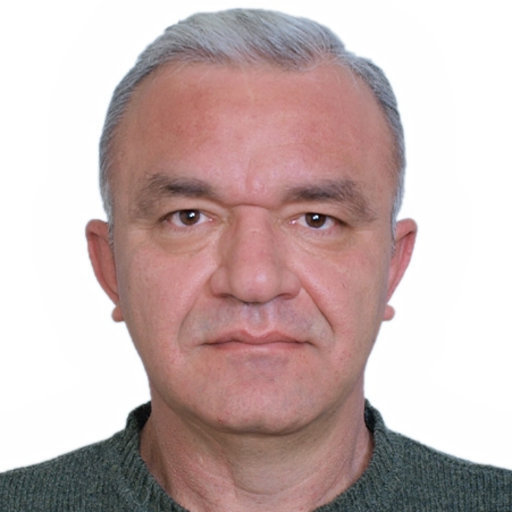
(In the case of a sharp object, there is no air between the nose and the shock wave: the shock wave starts from the nose.)Īs the Mach number increases, so does the strength of the shock wave and the Mach cone becomes increasingly narrow. The higher the speed, the more narrow the cone at just over Ma=1 it is hardly a cone at all, but closer to a wall only slight bending backwards.Īt fully supersonic velocity the shock wave starts to take its cone shape, and flow is either completely supersonic, or (in case of a blunt object), only a very small subsonic flow area remains between the object's nose and the shock wave it creates ahead of itself. A person inside the aircraft will not hear this. It is this shock wave that causes the sonic boom heard as fast moving aircraft travels overhead. This abrupt pressure difference, called a shock wave, spreads backward and outward from the aircraft in a cone shape (a so-called Mach cone). the sound barrier) a large pressure difference is created just in front of the aircraft. Mach number in transsonic airflow around an airfoil Ma1 (b). A normal shock is created ahead of the object, and the only subsonic zone in the flow field is a small area around the object's leading edge. As Ma=1 is reached and passed, the normal shock reaches the trailing edge and becomes a weak oblique shock: the flow decelerates over the shock, but remains supersonic. (Fig.1a)Īs the velocity increases, the zone of Ma>1 flow increases towards both leading and trailing edges. Supersonic flow can decelerate back to subsonic only in a normal shock this typically happens before the trailing edge. In case of an airfoil (such as an aircraft's wing), this typically happens above the wing. The transsonic regime begins when first zones of Ma>1 flow appear around the object. 7.5 km/s = Mach 22.06 in air at sea level)Īt transsonic speeds, the flow field around the object includes both sub- and supersonic parts. (For comparison: the required speed for low Earth orbit is ca. High speed flight can be classified in five categories: The Mach number is named after Austrian physicist and philosopher Ernst Mach. It can be shown that the Mach number is also the ratio of inertial forces (also referred to aerodynamic forces) to elastic forces. Since the speed of sound increases as the temperature increases, the actual speed of an object travelling at Mach 1 will depend on the fluid temperature around it. At standard sea level conditions, Mach 1 is 1,225 km/h (765.6 MPH) in the atmosphere. As it is defined as a ratio of two speeds, it is a dimensionless number. The Mach number is commonly used both with objects travelling at high speed in a fluid, and with high-speed fluid flows inside channels such as nozzles, diffusers or wind tunnels. Heat becomes a critical factor.Mach number ( Ma) is defined as a ratio of speed to the speed of sound in the medium in case.

Hypersonic: Greater than about Mach 5.Air is flowing faster than sound over the entire airplane. Supersonic: Greater than about Mach 1.2.Air is flowing faster than sound over some parts of the airplane. Transonic: About Mach 0.8 to Mach 1.2.Air is flowing slower than sound over every part of the airplane. The Mach number is named in honor of Ernst Mach, a late 19th century physicist who studied gas dynamics. An airplane moving at Mach 1 is traveling at the speed of sound. We use Mach numbers to describe an airplane’s speed in terms of the speed of sound.Ī Mach number is derived by comparing the speed of an airplane with the speed of sound in the air it’s moving through. However, if the airplane is flying low enough so the shock wave reaches the ground, anyone in the shock wave's path will experience a sonic boom. The sound is caused by a sudden, momentary change in air pressure that the ear registers as a The shock waves created by an airplane flying faster than sound are nearly cone shaped and extend outward until they dissipate. Your brain “decodes” the vibrations into voices, music, and noises. When these sound waves reach your ear, they cause your ear drums to vibrate.

Sound consists of waves transmitted through the air (or another substance) by molecules bumping into each other. This wave of molecular collisions is called a pressure wave. Keep in mind that it is the wave that travels the air simply moves back and forth. Just like sound waves, any object in motion, such as an airplane, causes a chain reaction of colliding air molecules to spread outward in all directions at the speed of sound. An Airplane Creates a Wave of Pressure in the AirĪ moving airplane causes a disturbance in the air-a wave of pressure-similar to a sound wave.


 0 kommentar(er)
0 kommentar(er)
